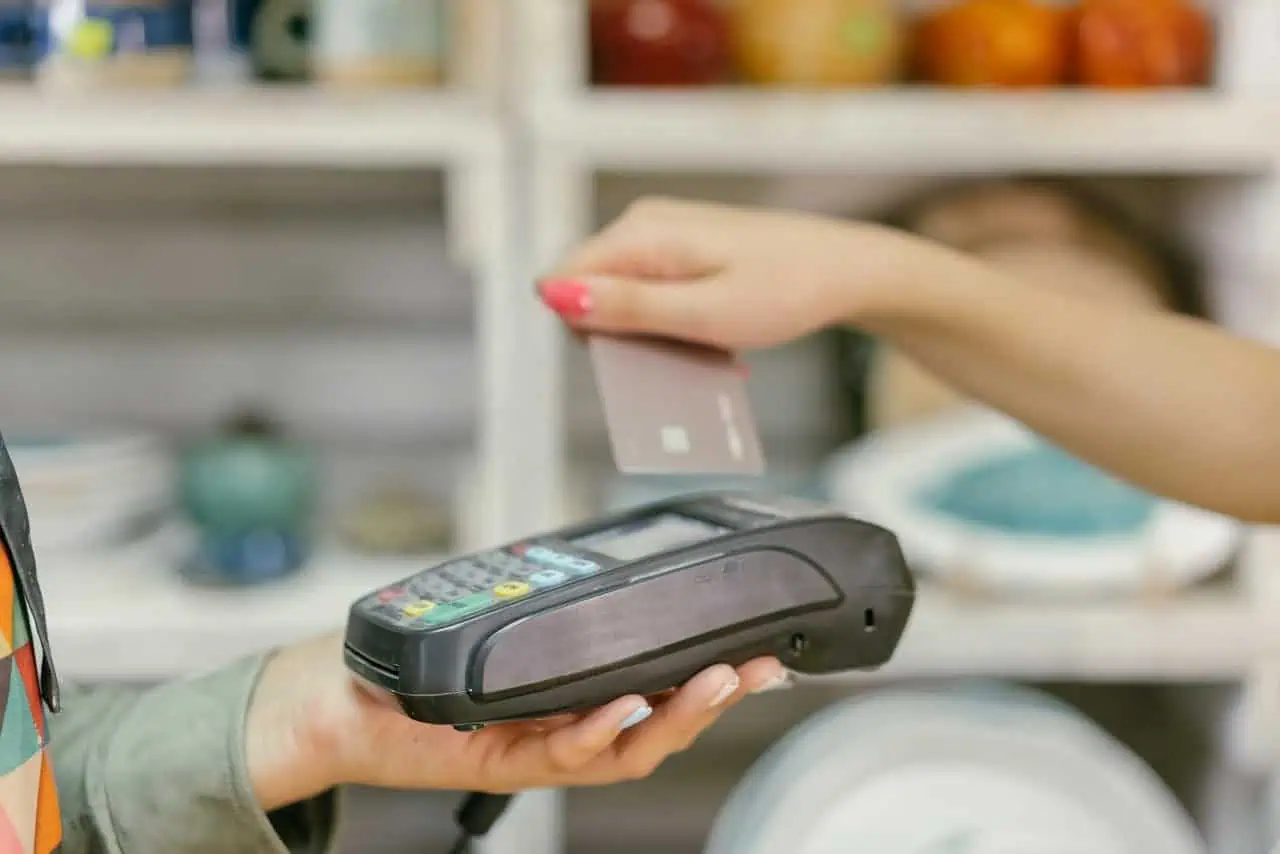Selecting the right payment terminal for your business is a crucial decision that can significantly impact your operations and customer satisfaction. With a myriad of options available, from traditional card readers to advanced POS systems, it’s essential to consider various factors to make an informed choice.
Understanding your business needs
The first step in choosing a payment terminal is to thoroughly understand your business requirements. Different businesses have varying needs based on their size, industry, and customer preferences.
1. Business size
Small businesses or sole proprietors might opt for simpler, more affordable solutions like mobile card readers, while larger enterprises with higher transaction volumes may require robust, multi-functional POS systems. Understanding the scale of your operations will help you determine the level of sophistication needed in a payment terminal.
2. Type of business
Retail stores, restaurants, service providers, and e-commerce platforms all have unique requirements. For instance, a restaurant may benefit from a terminal with table management and tipping features, while a retail store might need inventory tracking capabilities. Tailoring your choice to your business type ensures that the payment terminal supports your specific operations.
3. Customer payment preferences
Consider the payment methods your customers prefer. While card payments are ubiquitous, there is a growing trend towards contactless payments or mobile wallets. A versatile payment terminal that supports multiple payment options can cater to a broader customer base and enhance their experience.
Key features to consider
Once you have a clear understanding of your business needs, it’s time to delve into the features that different payment terminals offer. Here are some essential features to consider:
1. Integration capabilities
A payment terminal that integrates seamlessly with your existing systems can streamline operations. Whether it’s your POS system, accounting software, or inventory management, integration capabilities can save time and reduce errors. For example, choosing a POS system that can connect with your payment terminal ensures a smooth transaction process and real-time data synchronization.
2. User experience
Both your staff and customers will interact with the payment terminal, so ease of use is crucial. A user-friendly interface with intuitive navigation can speed up transactions and reduce training time for employees. For customers, a quick and straightforward payment process can enhance satisfaction and encourage repeat business.
3. Connectivity and portability
Consider the connectivity options of the payment terminal. Fixed terminals are suitable for stationary points of sale, but mobile or portable terminals can offer flexibility for businesses that operate in various locations or need to process payments on the go. Options like Wi-Fi, Bluetooth, and cellular connectivity ensure that you can process payments even in areas with limited internet access.
In conclusion, choosing the right payment terminal for your business involves understanding your specific needs and evaluating key features. By carefully assessing these factors, you can select a payment terminal that enhances your operations, meets customer expectations, and supports your business growth. For more advanced and integrated solutions, consider exploring the options available with a point of sale, which can provide comprehensive support for various business functions.

